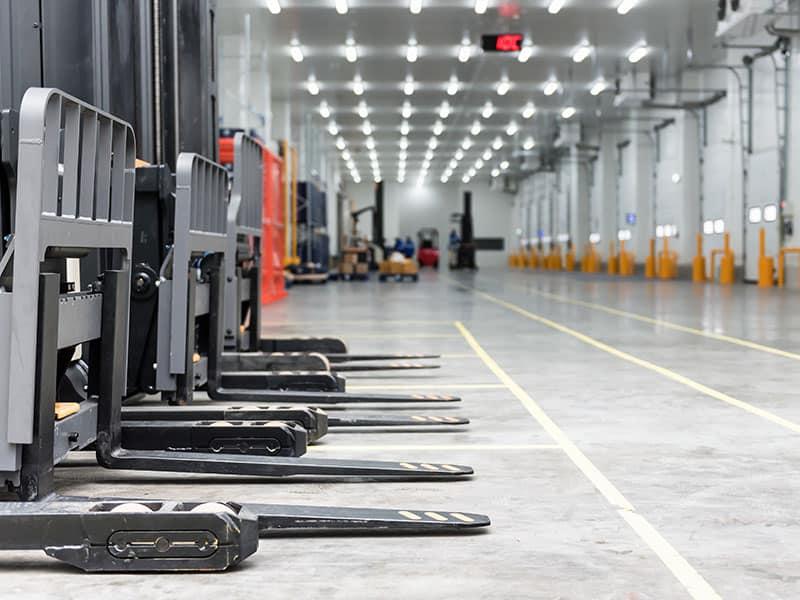Forklifts are a hefty investment—hefty enough that failing to budget for one can have serious impacts on your business. The best way to make sure your business gets the forklift it needs without dipping into your working capital is with the right budget.
Forklift Budgeting: More Complicated Than You Think
While you’re likely familiar with general business budgeting, forklift budgeting is a whole different beast. Want to become a master forklift budgeter? Take the first steps with this guide! We’ll cover the key factors you need to consider when budgeting for a new forklift!Things to Consider When Budgeting for a New Forklift
All forklift budgets are not made equally. There are a huge number of variables involved with forklift pricing and budgets. The first thing to consider is the type of forklift your business is going to need. There are a few different types of forklift types available, which include:- Internal Combustion: These are some of the most common types of forklifts and include diesel and LPG/Petrol powered lifts. Internal combustion forklifts are the heavy hitters of the forklift world, and are capable of handling the widest range of tasks and environments. Whether it’s heavy-duty outdoor work, or cut and dry indoor material handling, an internal combustion forklift can handle it.
- Electric: Electric forklifts are ideal for low intensity, indoor use. These lifts are some of the most affordable available, and very easy to operate. Overall, they are easy to budget for because they have low costs across the board. Whether you’re looking at operating costs, repair costs, or fuel costs, electric forklifts are an economical choice.
- Narrow Aisle: When compared to more general use internal combustion and electric forklifts, narrow aisle lifts are specialized tools. Narrow aisle lifts are ideal for compact warehouse operations that need to maximize storage space and efficiently manage inventory. Narrow aisle forklifts are highly customizable, which means that their cost is going to substantially vary depending on your needs.
Choose the Right Forklift for Your Business
Before you start budgeting for forklift costs, you need to make sure that you choose the right type of lift for your business.
How Much Is a New Forklift?
Now that we better understand what differentiates the main types of forklifts, let’s jump into their cost differences. Cost is obviously one of the first factors you should consider when budgeting for a brand new forklift. Unfortunately, we can’t give specific figures on how much a forklift will cost because of a huge variety of factors. Variables that affect the average cost of a forklift include:- New or Used: As is the case with any product, used forklifts are more affordable than brand new forklifts. However, don’t forget maintenance costs—forklift maintenance costs can be overwhelming, especially if you opt for a used lift.
- Brand: Reputable, high-quality brands cost more than low-quality offerings. When it comes to forklifts, you get what you pay for. Invest in a brand that balances quality and cost effectiveness.
- Type of Lift: Internal combustion lifts are typically the most expensive lifts, with electric and narrow-aisle lifts behind them. However, the biggest determinant of forklift cost is weight capacity.
- Weight Capacity: High capacity forklifts are always going to be more expensive. There are some common weight capacity points where you’ll notice a steep increase in cost. These points are 5,000 lb, 10,000 lb, and up to 35,000 lb.

